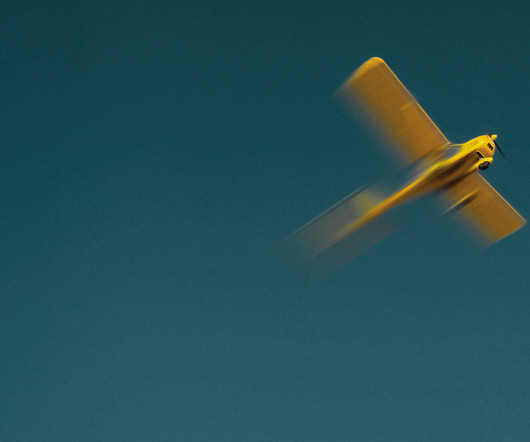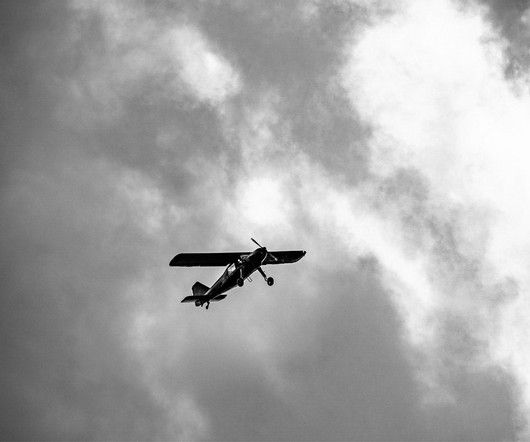Mach Number Explained: What It Is and Why Pilots Use It
Pilot Institute
JULY 11, 2025
Key Takeaways Mach number is a dimensionless ratio of true airspeed to local speed of sound. Mach number is simply a ratio of your true airspeed to the local speed of sound. That’s the speed your airspeed indicator shows based on ram air pressure in the pitot tube. Here’s why. It varies with temperature.
























Let's personalize your content